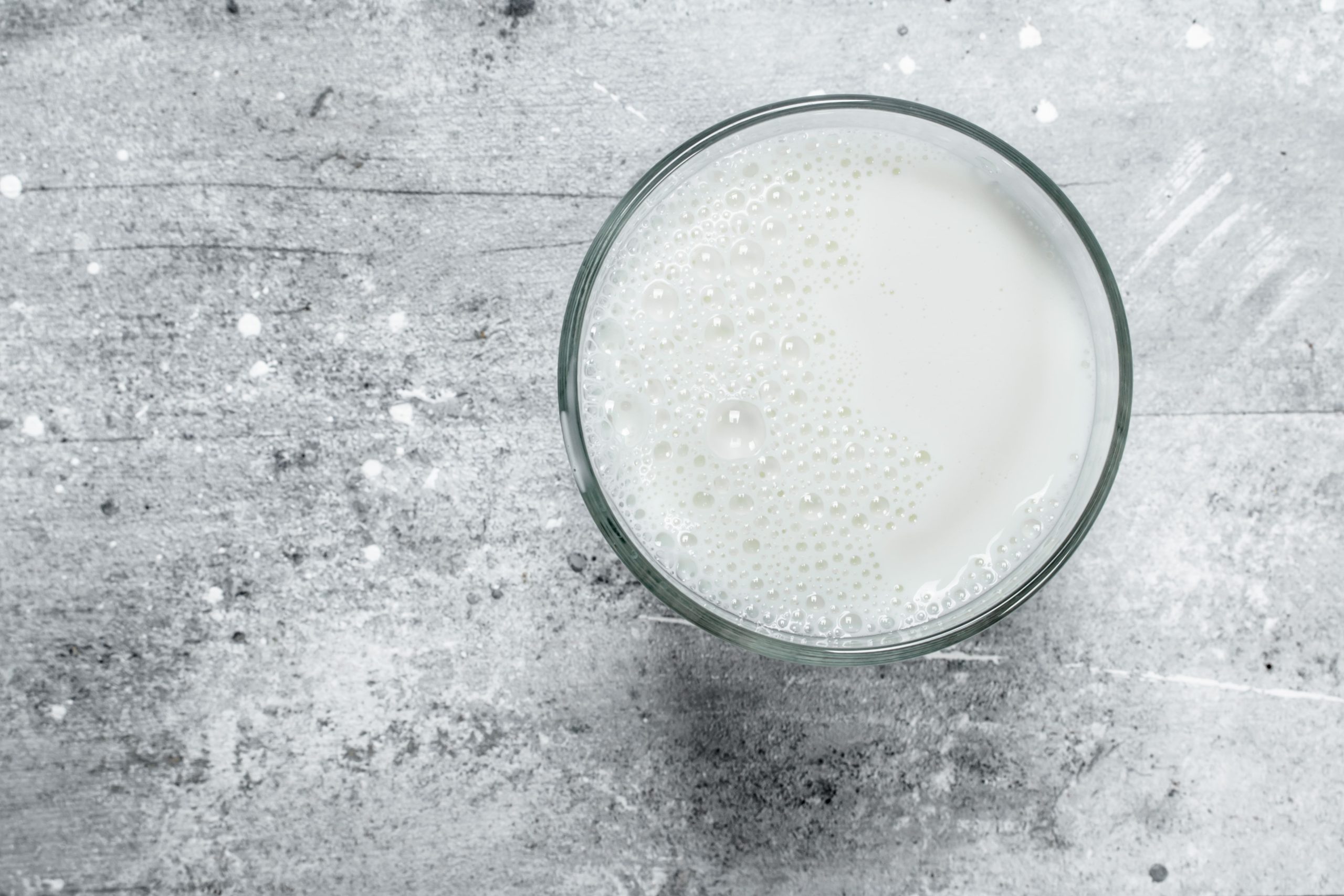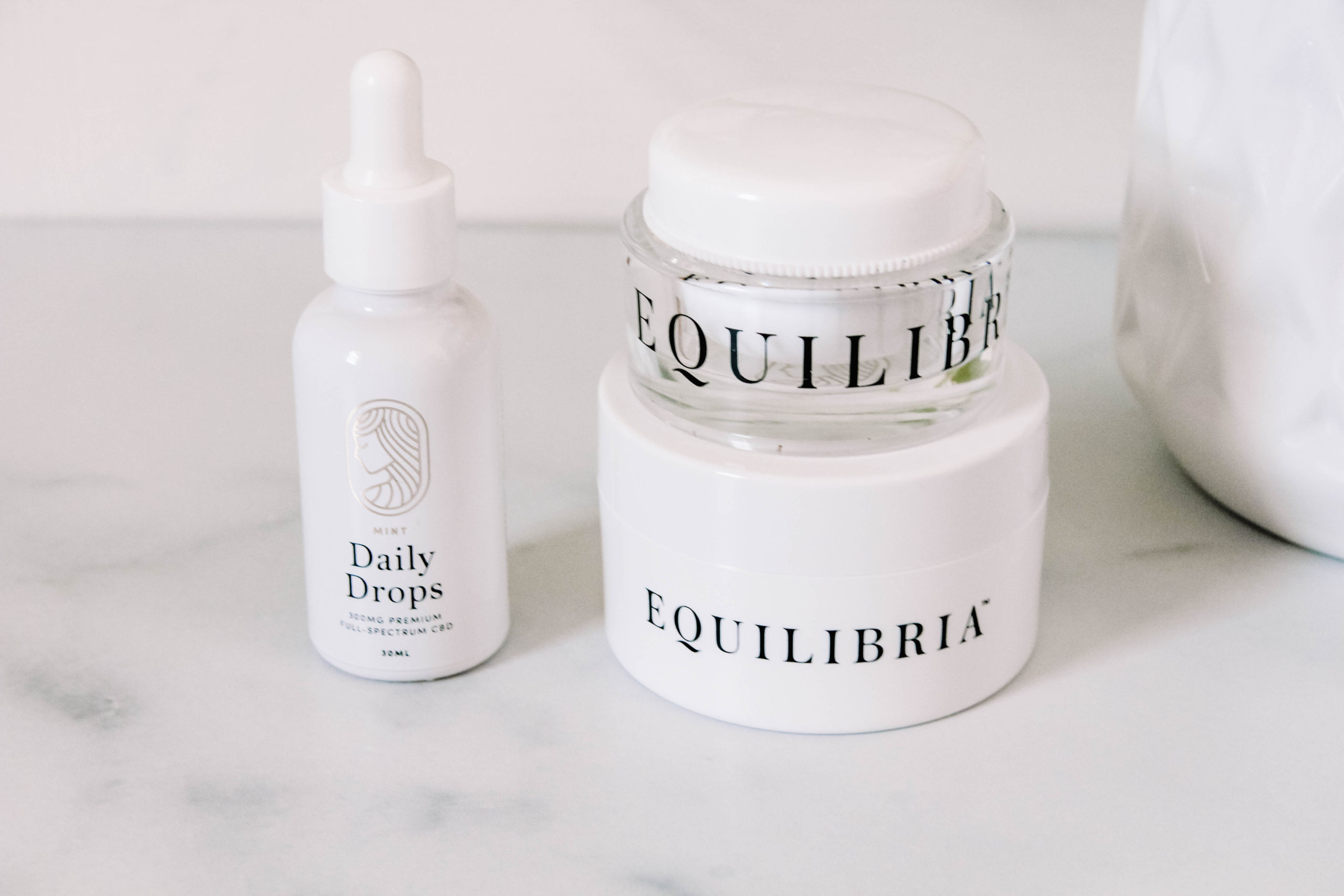Last updated on November 8th, 2021 at 03:25 pm
I drink fresh, full-fat raw milk, from farms where the cows graze and eat grass. It is teeming with life, beneficial bacteria, enzymes, and naturally occurring vitamins and minerals.
My milk is not fortified or processed, it doesn’t need to be, because every single mineral and vitamin in there is exactly as nature intended. Raw milk is a true whole food.
Why doesn’t raw milk have to be fortified? Because all the minerals, vitamins, and enzymes remain in perfect tact instead of being broken down and denatured by heat processing.
Raw milk is a living food, it is so beautifully dense in enzymes and beneficial bacterias – both of which are greatly lacking in the Standard American Diet.
Raw milk has its fat content fully intact, this means you have to shake the bottle vigorously until the lovely layer of fresh cream that naturally rises to the top combines with milk.
Just like with any other real raw food, raw milk contains many enzymes, and these enzymes play an important physiological role in our bodies and they also help our bodies to better digest our foods.
What enzymes?
♦ amylase – helps to digest carbohydrates
♦ lipase – helps to digest fats
♦ lactase- helps digest lactose, also known as milk sugar
Lactase is not an actual component of the milk itself, but rather a result of the presence of beneficial bacteria in raw milk.

5 Reasons to drink raw milk
Raw milk is beautifully rich in beneficial bacteria
Since raw milk is a living food, it means that it is teeming with wonderful beneficial bacteria. Healthy bacteria are critical for optimal health – in fact, they are so critical that it is near impossible to live without them (they are everywhere in and on the body.) The bacteria is responsible for training and strengthening the immune system, to function optimally and properly. By consuming raw and cultured dairy you can actively help to increase and optimize the levels of healthy bacteria in your gut. Our bacteria allies are destroyed and damaged by pasteurization and therefore absent in pasteurized or ultra-high temperature milk. The beneficial bacteria in raw milk is notorious for the dramatic effect it has on skin health, as it kills off and balances unfriendly bacteria in the gut, which generally contributes to eczema and acne.
Please note: In addition to all the beneficial bacteria, raw milk also has the potential to contain pathogenic bacteria, which has the potential to make you sick. This is why knowing the details about how your milk is sourced is so important.
The butterfat in raw milk is rich in conjugated linoleic acid
Meats and milk from healthy cows that eat grass are very rich in a beautiful fatty compound called conjugated linoleic acid (CLA.) This fatty acid offers a whole array of very positive benefits when consumed. There is some research that shows that CLA is known to fight various cancers (including breast cancer), hypertension, atherosclerosis, and adipose obesity. It is essential to source your raw milk well, and that the cows are eating only grass – CLA is missing from factory-farmed milk (this includes some organic milk.)
Raw milk is especially rich in natural vitamins
The butterfat portion of raw milk is naturally very rich in fat-soluble vitamins – particularly preformed vitamin A, K, and E. Properly sourced raw milk is also rich in water soluble-vitamin like vitamin C, and B-complex. Because the food enzymes are delicate, they are destroyed by heat, and that is why most milk on the grocery store shelves has to be fortified with synthetic vitamins.
Raw milk is rich in enzymes
Raw milk is rich in natural food enzymes, like lactase, lipase, amylase, and phosphatase – just to mention a few. These enzymes are responsible for helping the body better digest milk, metabolize and then utilize all of the important nutrients. For example, the phosphatase in milk supports the body in better absorbing calcium from the milk, amylase and lactase help the body digest the sugars (carbohydrates) present in milk.
Fun fact: The enzyme lactase is responsible for helping some individuals who are otherwise sensitive to lactose to better digest raw milk.
Raw milk doesn’t support confinement dairies
I understand that pasteurization was born out of necessity. Unhealthy cows from animal confinement operations produced unhealthy milk – it makes total sense. Cows who get sick from being confined and being fed an unnatural diet filled with grains and soybean will produce thin, mineral and vitamin-poor milk, rich in pathogenic bacteria. Sick cows, produce sick milk, which results in sick humans – it is that simple. Pasteurization kills the pathogenic bacteria as well as all the beneficial bacteria, and enzymes. So when you purchase milk from the grocery store (unless you are intentional about the brand) you are purchasing (and therefore supporting) farms that follow these inhumane practices. It is important to understand that feeding cows grain- and-soy-based feed changes the nutrient profile of the milk.
On the other hand, raw milk is not a mass production. Instead, raw milk producers operate on small farms, with fewer cows, that are spread out over a larger amount of grassy spaces. These cows are given the time and space to roam outside in fresh air, eat grass, and have access to shelter when needed. Most of these cows are allowed to graze exclusively on grass, and they live a happy (and healthy) life.
Now, if raw milk is not for you, you can actually find an increasing number of small, grass-fed dairies that provide low-temperature or VAT pasteurized milk.
How to find raw milk?
Once you understand all the amazing benefits of raw milk, you need to figure out how to go about finding a farm in your area.
There are so many factors to take into consideration, such as legality in your state, the production standards, herd management, and the list can go on.
There is a handful of states where you can buy raw milk and dairy products directly from the grocery store. However, it is sadly illegal to sell raw dairy directly to the public. So in an effort to bypass these (stupid) laws health-minded consumers, and farmers have joined forces to circumnavigate the laws. Enter cow-share programs.
This simply means that the cow share program essentially allows the consumer to buy a share in farmer’s dairy cows. Then, as a partial owner of the herd, the consumer is entitled to a share of whatever the herd of cows produces – in this case, raw milk. The state can’t come after you for drinking milk from your own cow.
You can find raw milk suppliers at your local farmers’ market, or from this website.
Some raw milk production standards to consider.
♦ The milk station should be clean and void of hay, manure, dirt, and dust – this helps to prevent the breeding of flies and rodents. The milking stations should also be green of livestock when not in use.
♦ Farmers should always use sanitized stainless steel containers and sanitized silicone tubing when milking. Both of these inhibit the growth of bacteria.
♦ Raw milk should be bottled straight away into sanitized containers and chilled after milking.
♦ Teats should of course be cleaned prior to milking.
♦ The cows should be tested for TB, brucellosis, mastitis, and other systemic illnesses. When a cow is ill, it should be milked last or on separate equipment, and the milk should be discarded.
♦ Ideally, cows should be treated with holistic methods. If a cow is in need of antibiotics, the cow in question should be removed from the cow share program, and the milk should be discarded until the antibiotics have cleared from the cow’s system.
♦ Dairy farmers should implement holistic pasture management to prevent over-grazing.
♦ Raw milk should be sampled and tested regularly for pathogens and these reports should be available for you to see,
♦ Cows should be treated humanely and with respect, as well as with full-time access to the outside pasture, free-flowing water, and shelter when needed. It is so important that the cows be treated very gently to minimize stress.
Resources for further raw dairy learning:
♦ The Weston A Price Foundation
♦ Real Milk
♦ Miller’s Organic Farm
Disclaimer: This article is not intended to provide medical advice, diagnosis, or treatment.




+ view comments